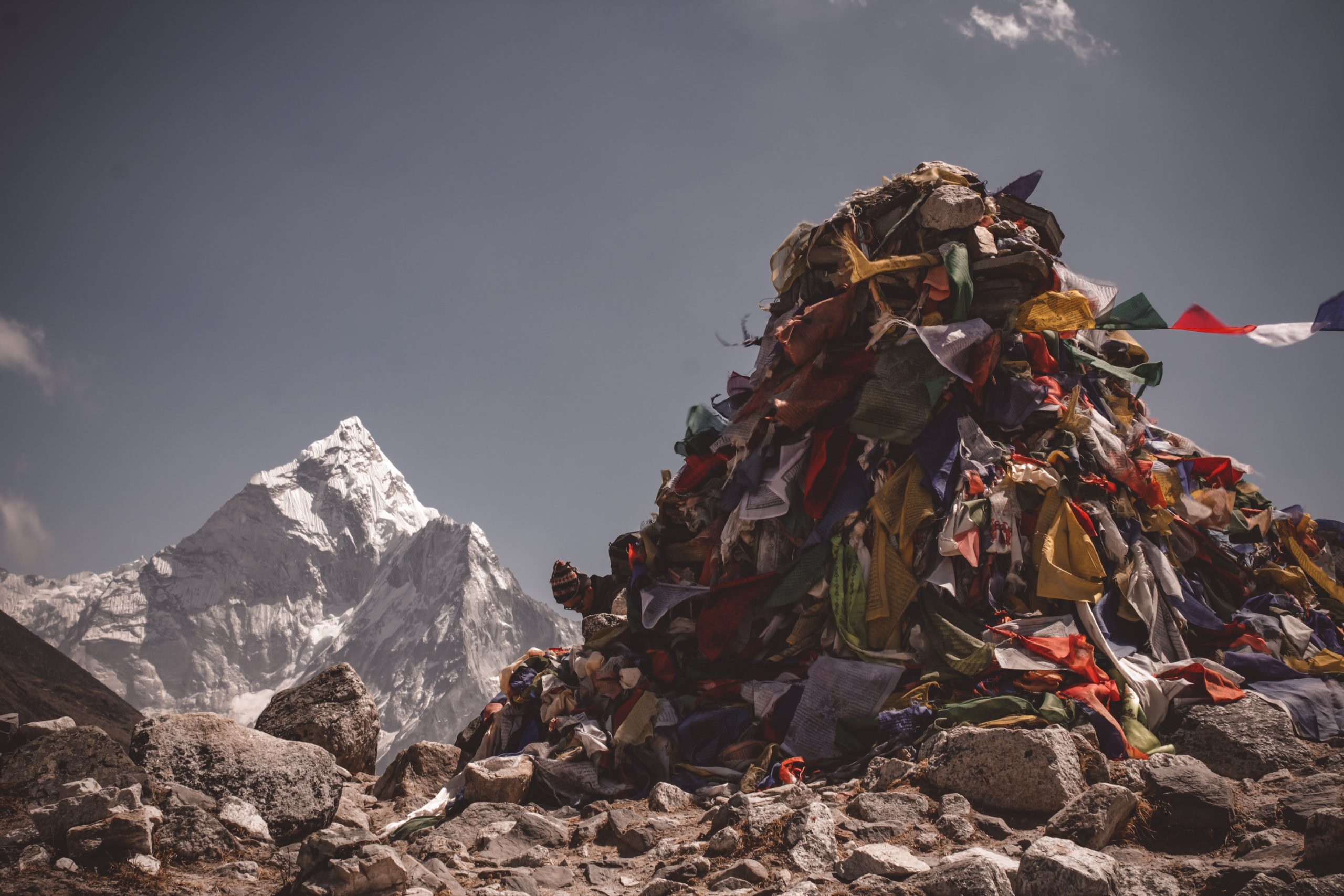Everest’s base camp is moving—rising global temperatures and a thinning glacier, the culprits. The Nepalese government is moving the outpost which houses up to 1,500 people during peak season and produces over 1,000 gallons of human urine a day because warming temperatures are causing the Khumbu Glacier it sets on to melt, making the camp unsafe due to rapidly forming, person-swallowing crevasses.
The camp will be relocated to a new site at a lower altitude where there is no year-round ice, according to the BBC. The new camp will be approximately 1,000-1,200 feet lower than its predecessor.
“We are now preparing for the relocation and we will soon begin consultation with all stakeholders,” Taranath Adhikari, director-general of Nepal’s tourism department, told the BBC. “It is basically about adapting to the changes we are seeing at the base camp and it has become essential for the sustainability of the mountaineering business itself.”
Nepal is planning to move its Everest base camp by 2024. Its glaciers are melting due to the climate crisis and human activity, making it unsafe for climbers. pic.twitter.com/EY8JwKmxLf
— NowThis (@nowthisnews) June 17, 2022
Like many glaciers in the Himalayas, the Khumbu Glacier is melting and thinning fast because of global warming. A study by researchers from Leeds University in 2018 showed that the area near Everest base camp was thinning at a rate of 1 meter per year, the BBC reports.
Nepali officials say the camp’s move may happen by as soon as 2024 and that climbers are still able to use the current base camp in the meantime as the outpost is “still essentially stable” and likely will be for the next three to four years.
